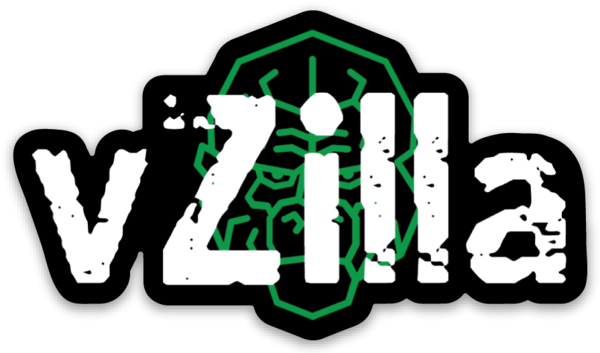Dark Kubernetes Clusters & managing multi clusters – Part 2
In the last post we focused on using inlets to create a WebSocket to provide a secure public endpoint for the Kubernetes API and port 8080 for Kasten K10 that are otherwise not publicly reachable. In this post we are going to concentrate on the Kasten K10 and multi cluster configuration. I am going to share a great article talking about Kasten multi-cluster from Dean Lewis. Deploying K10 Deploying Kasten K10 is a simple helm chart deployment that I covered in a post a few months back here. ➜ kubectl create ns kasten-io namespace/kasten-io created ➜ helm install k10 kasten/k10 –namespace=kasten-io Accessing K10 For theRead More →



